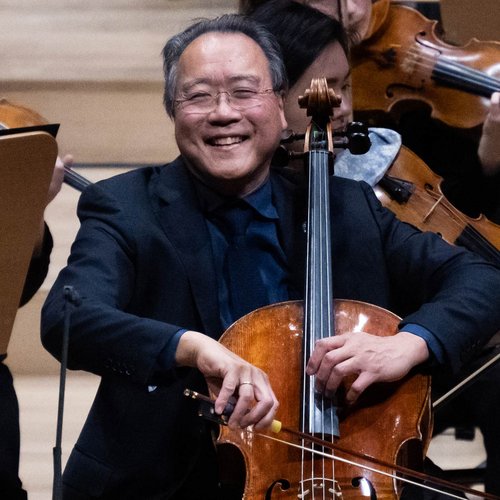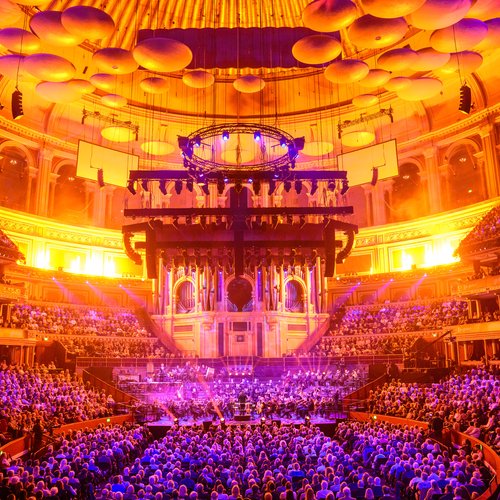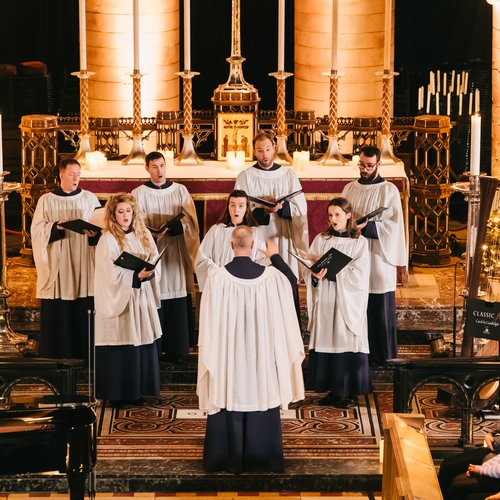How did ‘You’ll Never Walk Alone’ become Liverpool Football Club’s anthem?
14 March 2023, 09:47 | Updated: 11 July 2023, 17:52

Hillsborough Vigil - You'll Never Walk Alone
Here’s how did a Rodgers and Hammerstein musical theatre ballad ended up as a symbol of Liverpool Football Club.
The world of musical theatre may seem a million miles from the stands of Liverpool’s Anfield Stadium. So how did a big ballad from Rodgers and Hammerstein’s Carousel end up as a symbol of The Reds?
‘You’ll Never Walk Alone’ began life on Broadway as part of the Rodgers and Hammerstein show, Carousel, which was premiered in 1945.
The song was an instant hit – perhaps because the song’s message of triumph in times of adversity spoke to the wartime crowds of April 1945 – less than a month before the end of World War Two.
It remained popular throughout the ’50s, with artists including Frank Sinatra and Elvis Presley releasing covers. Then in 1963, a recording by Merseybeat band Gerry And The Pacemakers brought the song to the doorstep of Liverpool FC.
Read more: What is the Match of the Day TV theme tune, and who composed it?
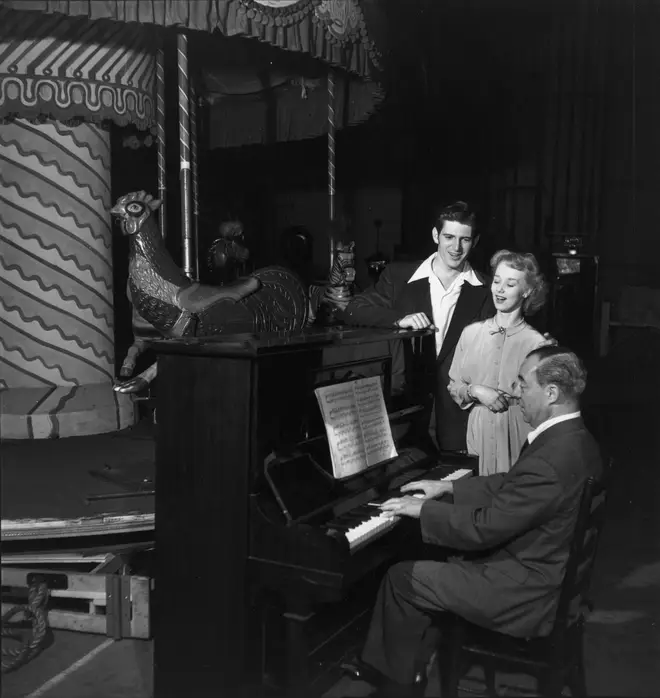
How ‘You’ll Never Walk Alone’ became Liverpool Football Club’s anthem
At that time, Liverpool’s Anfield Stadium was one of the first football grounds to have a PA system, and the Top 10 in the charts would be played over the speakers before the match as a form of early pre-match entertainment.
This was also the time when ‘Merseybeat’ bands like The Beatles and Gerry And The Pacemakers dominated the charts, so the fans would have heard a lot of their local heroes over the tannoy. ‘You’ll Never Walk Alone’ stayed at No. 1 in the charts for about four weeks in 1963, by which time it had become Liverpool FC’s signature tune.
The message of hope in the song has given the fans of Liverpool hope through some very tough times – both on and off the field.
In the finals of the 2005 UEFA Champions League Final in Istanbul, Liverpool were losing 3-0 to AC Milan. Legend has it that the motivating effect of the fans singing You’ll Never Walk Alone gave the players hope when all seemed lost. This small act of defiance in the face of adversity galvanised the Liverpool team, and they managed to pull back and win the match on penalties, crowning them European Cup Champions.
Later, Carlo Ancelotti, then coach of AC Milan was asked which club had the best fans. He responded, “In my opinion Liverpool fans. When they sing a song they... I don’t know in English, but your skin is... [flutters his fingers up and down his arm to explain].”
Read more: The best classical football songs
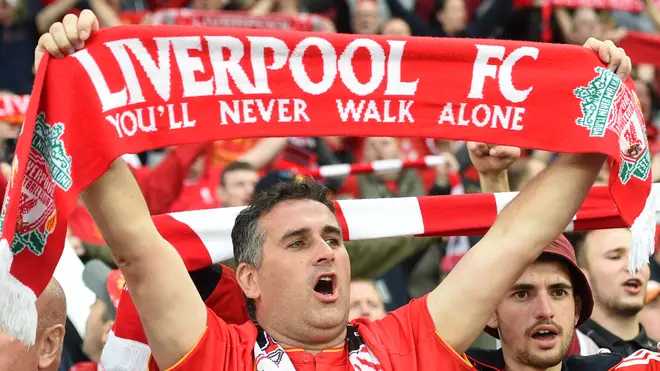
The song took on a much deeper and more tragic meaning after the Hillsborough disaster of 1989, when a human crush at the stadium in Sheffield injured hundreds and 96 fans lost their lives.
There followed a 25 year legal battle before the courts ruled that the victims were unlawfully killed and that a catalogue of failings by police and the ambulance services contributed to their deaths.
Throughout the painful process, the lyrics and themes of You’ll Never Walk Alone were prominent.
On the day after the tragedy at Hillsborough, 13,000 people gathered at Liverpool’s Roman Catholic Cathedral; 5,000 in the church, and a further 8,000 spilling into the streets outside. ‘You’ll Never Walk Alone’ was sung by a lone choir boy, offering both comfort and hope to a city in mourning.
Read more: Music in protest: 9 powerful images of music’s role in times of conflict
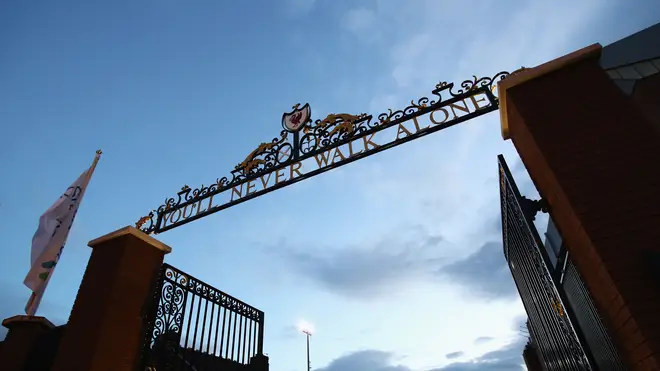
What are the lyrics to ‘You’ll Never Walk Alone’?
When you walk through a storm, hold your head up high
And don’t be afraid of the dark
At the end of the storm, there’s a golden sky
And the sweet, silver song of a lark
Walk on through the wind
Walk on through the rain
Though your dreams be tossed and blown
Walk on, walk on
With hope in your heart
And you’ll never walk alone
You’ll never walk alone
Walk on, walk on
With hope in your heart
And you’ll never walk alone
You’ll never walk alone
It’s no wonder, then, that the poignant lyrics have found a permanent home at Anfield, fixed forever in wrought iron above the gates of the stadium as a permanent reminder to fans that football is more than just a sport, it’s family.

























